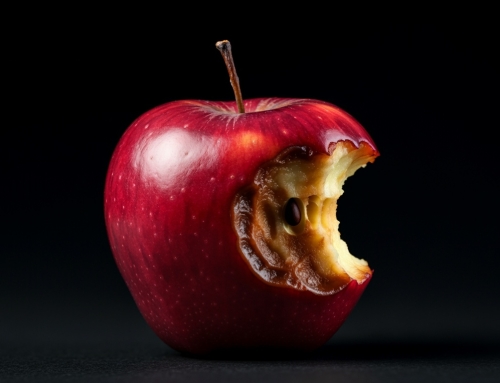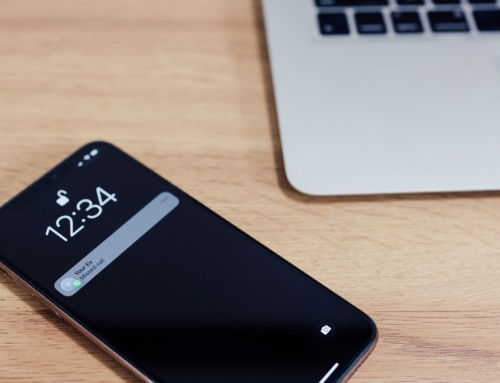After months of rumours, Threads – Meta’s very own Twitter competitor – has finally arrived.
So what is Threads, and how does it compare to Twitter?
Threads by Instagram and Twitter offer distinct approaches to social media and communication:
- Content Focus: Threads by Instagram is primarily centered around sharing photos, videos, and messages with a close circle of friends. It emphasizes more private and intimate interactions. In contrast, Twitter focuses on real-time, public, and text-based content sharing. It serves as a platform for users to express thoughts, opinions, and engage in public discussions.
- Network Structure: Threads by Instagram is built around a user’s existing Instagram network, allowing them to communicate with their close friends and followers. On the other hand, Twitter operates on a follower-based model, where users can connect with and follow accounts of their interest, including friends, public figures, organizations, and strangers.
- Content Length: Threads by Instagram encourages short-form messaging, quick photo sharing, and brief updates among friends. Twitter, on the other hand, allows users to post tweets with a maximum character limit of 280, enabling more extended conversations, links, and multimedia content.
- Public vs. Private: While Twitter is a predominantly public platform where users’ tweets are visible to anyone, Threads by Instagram emphasizes privacy and offers a more closed and intimate space for communication. It allows users to choose specific friends with whom they share content and offers enhanced privacy settings.
- Discoverability and Trends: Twitter provides features like hashtags, trending topics, and search functionality, making it easier for users to discover and engage with broader conversations and current events. Threads by Instagram focuses more on personal connections and does not offer the same level of discoverability for trending topics or wider public discussions.
In summary, Threads by Instagram is centred around personal connections and private sharing within a select group of friends, while Twitter is a public platform for real-time, text-based conversations and content sharing with a broader audience. The choice between the two platforms depends on individual preferences regarding privacy, content focus, and desired social interactions.
So how does this impact Twitter users?
The resemblance between the new platform and Twitter is striking, as it allows users to create text-based posts with a maximum of 500 characters. Leveraging its existing user base, Meta opted to integrate Threads closely with Instagram, enabling users to log in with their existing usernames and effortlessly follow the same individuals. However, it is important to note that Threads is a separate app and not a part of the Instagram app itself. The standalone app was released for iOS and Android on Thursday.
Threads arrives at a time when Twitter is facing significant challenges. Even though Elon Musk, the controversial billionaire who completed a $44 billion takeover of the company, may no longer be its CEO, he remains a prominent public figure on the platform in his new role as chief technology officer. Recently, when Twitter implemented a limit on the number of tweets users could read per day, it was Musk who announced and defended the changes on the platform, while the new CEO, Linda Yaccarino, remained silent.
Meta is clearly positioning itself to capitalize on Twitter’s current vulnerabilities, aiming to attract disgruntled users away from the platform. During an all-hands meeting last month, Meta’s chief product officer Chris Cox reportedly informed employees that creators and public figures had repeatedly expressed a desire for a well-managed alternative to Twitter. Previous Twitter clones like Bluesky or Mastodon had failed to gain widespread adoption.
Twitter’s issues have prompted many users to take breaks from the platform, although they still find it challenging to envision a future without it. According to the Pew Research Center, around 60 per cent of approximately 3,000 surveyed U.S. users admitted to taking breaks from Twitter lasting a few weeks or more in the past year. However, only 25 per cent of respondents stated that they did not envision themselves using the platform a year from now. This was before the introduction of Threads, which could potentially become the long-awaited alternative for many users. Meta CEO Mark Zuckerberg disclosed that within seven hours of its launch, Threads had already attracted 10 million sign-ups, indicating a demand for a “well-managed” alternative to Twitter.

Source: https://www.statista.com/
Find Threads Here: https://www.threads.net/









